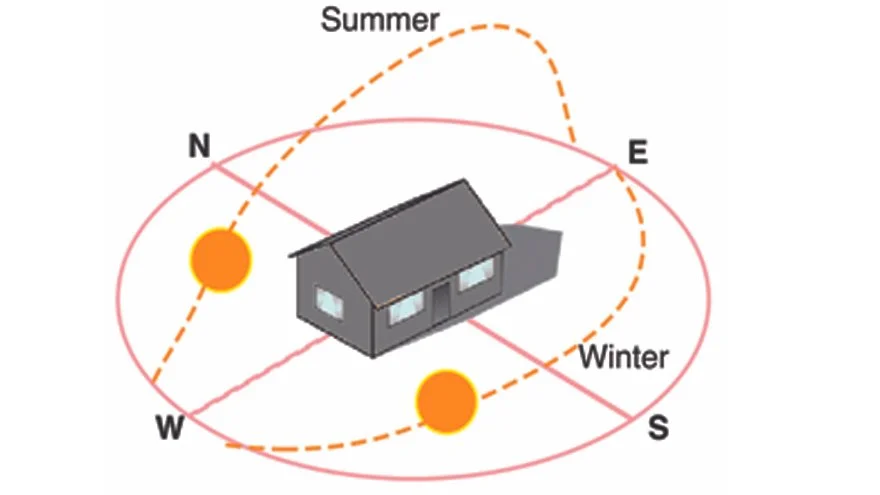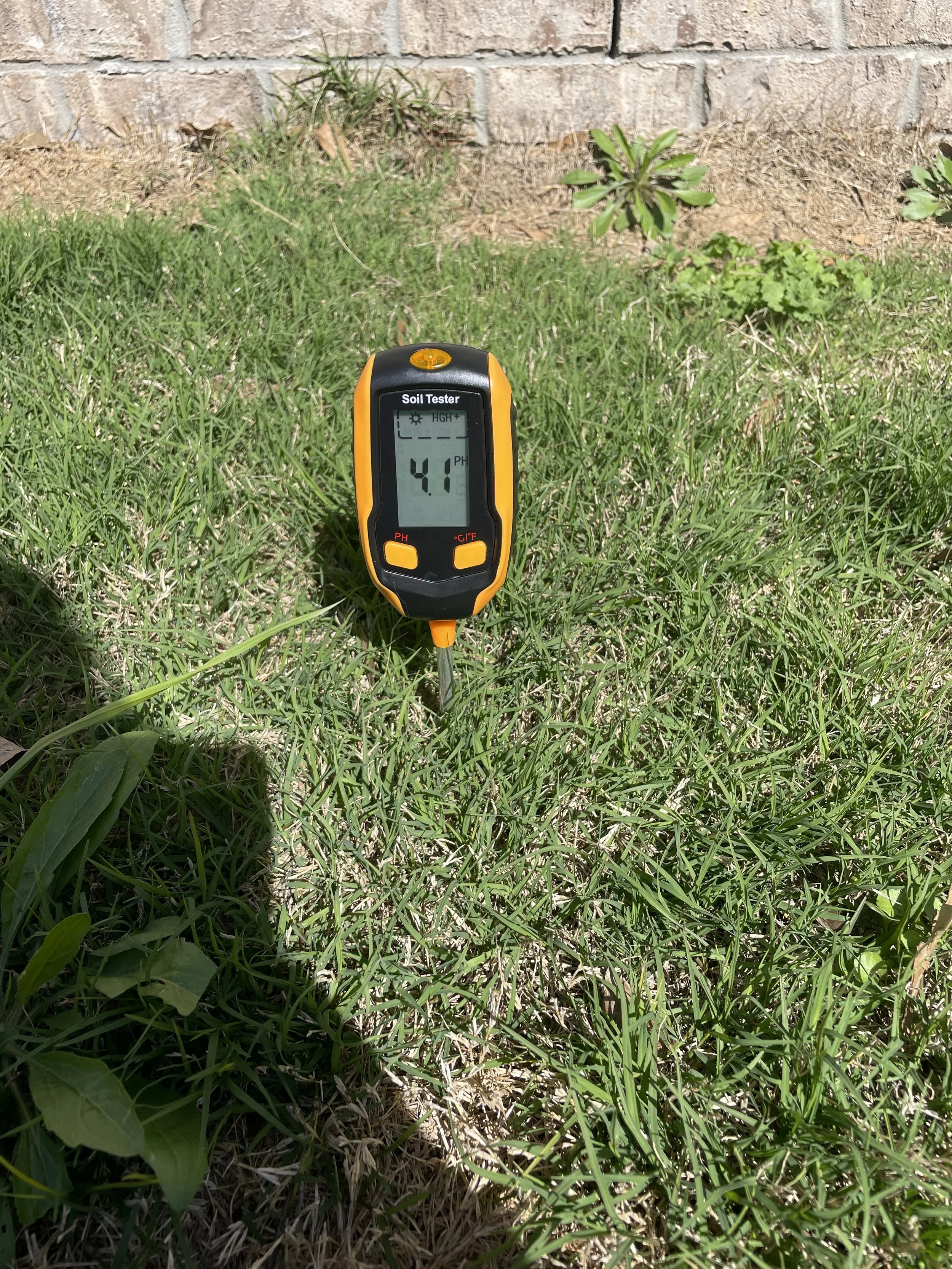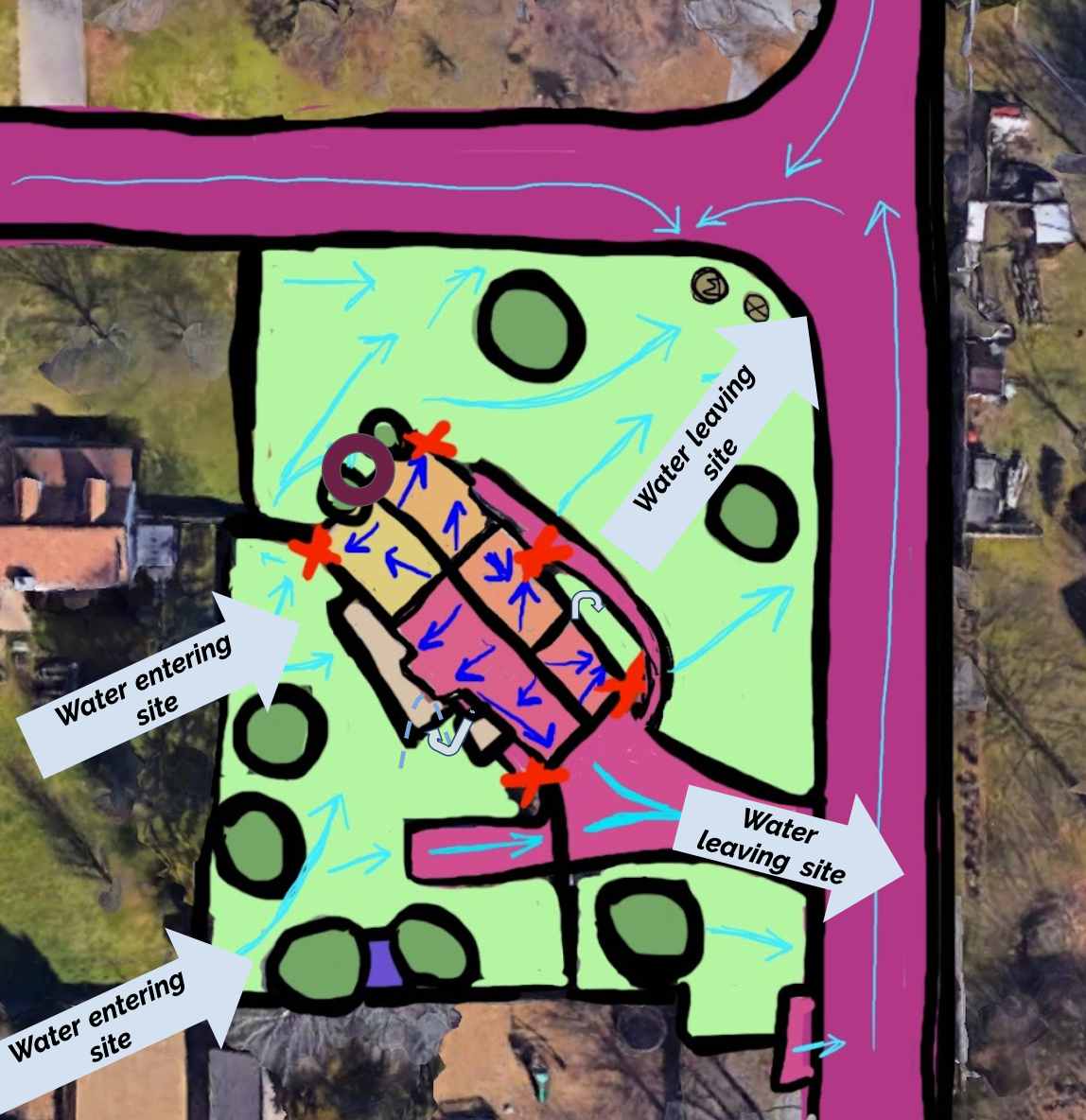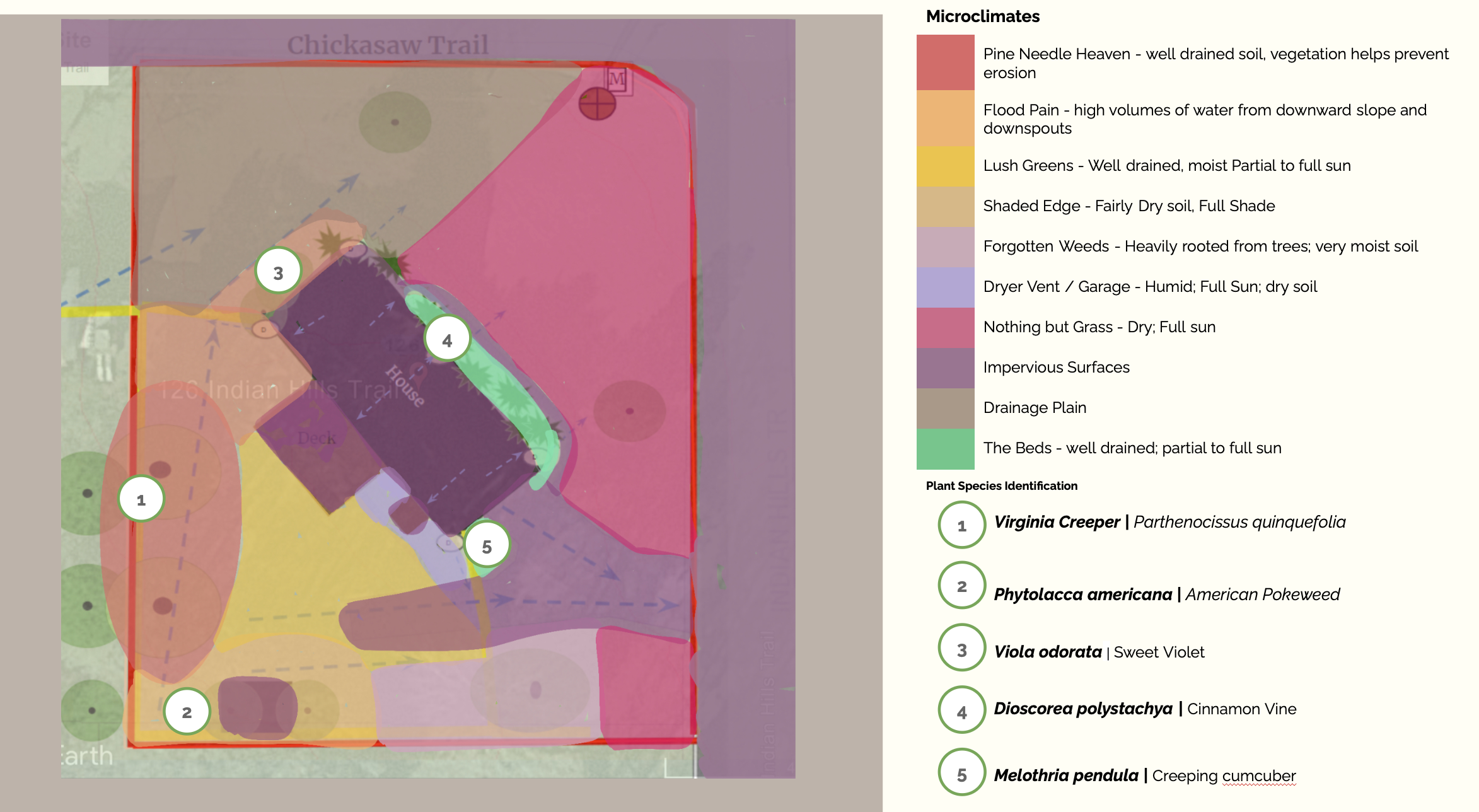A Step-by-Step Guide to Analyzing a Landscape for Sustainable Design
Creating a thoughtful and functional landscape design goes beyond aesthetics. It requires a comprehensive analysis of the environment to ensure that the space is sustainable, resilient, and tailored to the specific needs of the site. Below, I outline the key steps I take to analyze a landscape before diving into the design process.
1. Sunlight Patterns
Understanding how sunlight moves across the property is critical. I study:
Summer and Winter Patterns: Observing how the angle and intensity of the sun differ by season helps identify areas that are consistently sunny or shaded.
Shading from Structures and Trees: I note how existing features create shade that could impact plant growth.
Opportunities for Passive Solar Design: This includes maximizing sunlight for warmth in winter or creating shade for cooling in summer.
2. Climate and Weather Data
I analyze historical and current climate information to understand the site’s environmental conditions. This includes:
Average Rainfall: Knowing how much precipitation occurs annually and seasonally helps with plant selection and water management.
Temperature Extremes: Documenting high and low temperatures ensures the design accommodates seasonal variations.
Humidity and Wind Patterns: These factors influence plant health and comfort for people using the space.
Record Weather Events: Tracking events like droughts, floods, or hurricanes helps prepare the design for resilience.
Trending Climate Changes: Considering long-term shifts ensures that the design is future-ready.
3. Soil Conditions
Healthy soil is the foundation of any sustainable landscape. I conduct tests and observations to understand:
Soil Type and Texture: Determining whether the soil is sandy, clay, or loamy guides planting choices.
pH Levels: This impacts nutrient availability for plants.
Drainage and Compaction: Observing how water moves through the soil helps identify potential issues like poor drainage or erosion.
Nutrient Content: Testing for essential nutrients ensures plants have what they need to thrive.
4. Water Dynamics
Water is a precious resource, and I evaluate how it behaves on-site to create efficient management systems:
Surface Runoff: Mapping where water flows during rain helps identify areas prone to pooling or erosion.
Annual Rainfall Volume: Calculating the total gallons of water falling on the property gives insight into storage and irrigation potential.
24-Hour Rain Events: Understanding how the site handles heavy rain ensures the design can prevent flooding and other water-related issues.
Rainwater Harvesting Opportunities: Identifying areas where rainwater can be collected and reused, such as roofs or hardscapes, contributes to sustainable water practices.
Water Management Needs: Highlighting spots in the design that could benefit from features like swales or rain gardens to control runoff and improve soil absorption.
5. Hazards and Constraints
Every site has challenges that must be addressed during the design process:
Natural Hazards: These include risks like flooding, fire, or unstable slopes.
Man-Made Hazards: Nearby roads, utilities, or hazardous materials can impact design decisions.
Zoning and Legal Constraints: Understanding property lines, easements, and local regulations avoids future conflicts.
6. Microclimates
Microclimates—small areas with unique conditions—add complexity and opportunity:
Temperature Variations: Areas that stay cooler or warmer than the surrounding environment.
Moisture Levels: Zones that retain more or less water due to soil, shade, or drainage.
Wind Shelters: Natural or artificial barriers that affect airflow.
Use Zones: Identifying spots for outdoor activities, planting, or relaxation.
7. Design Constraints and Opportunities
Every site has unique features that shape its potential:
Existing Structures and Plants: Integrating these elements preserves resources and maintains character.
Topography: Slopes, hills, and valleys dictate water flow and usability.
Views and Access Points: Highlighting beautiful views or creating functional pathways enhances the user experience.
Analyzing a landscape thoroughly before starting a design ensures that every choice aligns with the environment and the client’s goals. By considering these factors, I can create landscapes that are not only beautiful but also functional, sustainable, and resilient to the challenges of a changing world.
To learn more about how I can help transform your outdoor space into a sustainable and stunning landscape, visit my website at Restoring Roots or connect with me on social media. Let's create a design that brings your vision to life while benefiting the environment.







